7 best packaging practices for cannabis marketers
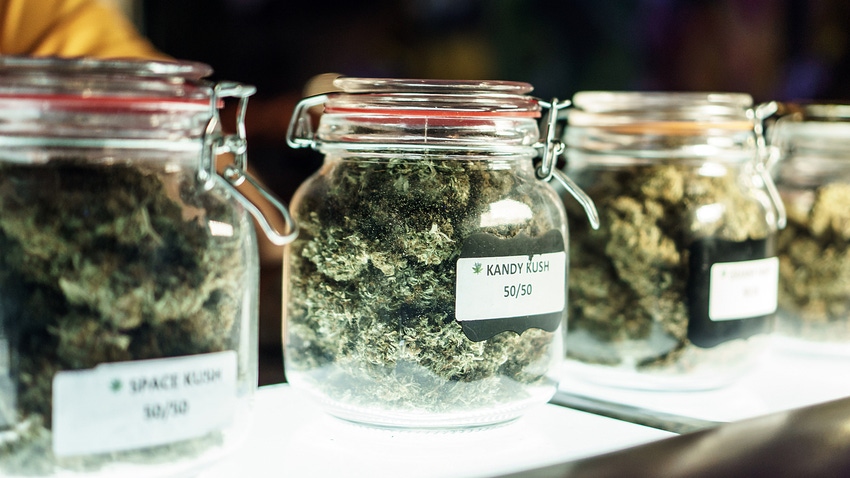
Brands should apply classic best practices in packaging design to cannabis marketing to cut through the competitive clutter, encourage social media sharing, make a statement and more.
As the legalization of cannabis spreads across the country, a disruptive new variety of products is hitting the market. Even in this brave new world, many of the old laws apply—especially when it comes to packaging design. That’s why it’s worth considering how the tried-and-true rules of good packaging and brand design may still be relevant, even to the wild new frontier of cannabis products.
Here are seven best practices and how you can translate them into the design language of pot.
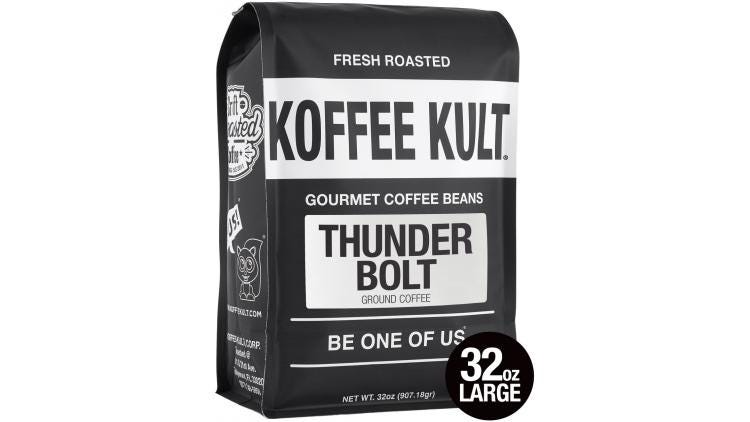
1. Understand the “Natural Habitat” and aim for mind-blowing shelf impact
This is one of the basic rules of packaging. If you don’t stand out on shelf, you’re dead in the water. Or more appropriately, your brand goes up in smoke. All the senses need to be engaged. It’s got to not only look appealing; it needs to be pleasing to the touch and not turn off the consumer with an annoying sound (remember Sun Chips’ compostable bag that had consumers saying, “It’s noisy as hell!”)? In fact, I tell my designers that they have one job and one job only—get the consumer to pick up the package, Because 85% of consumers who do this buy the product. Case closed.
To create great packaging, you need to study the “Natural Habitat” where the product lives. The same goes for cannabis brands. Right now, the dispensary is where cannabis products with THC [tetrahydrocannabinol, the chemical responsible for most of marijuana’s psychological effects] reside, in all varieties of cabinets, counters and displays. But what will happen when federal legalization occurs? Will products be as visible, and touchable, as bottles on the shelf of your local liquor store? However it all shakes down, you can be sure a classic rule of thumb will apply—your labeling and packaging must be distinctive to break through the visual and sensory noise generated by its many neighboring brands.
When I think about shelf impact, a favorite example is Koffee Kult. The packaging and its messaging encourage you to “Be one of us.” Who can resist? This brand plays perfectly to the connoisseur mindset of the craft coffee drinker. One can only imagine how powerfully an exclusive club vibe like this would play to the cannabis devotee.
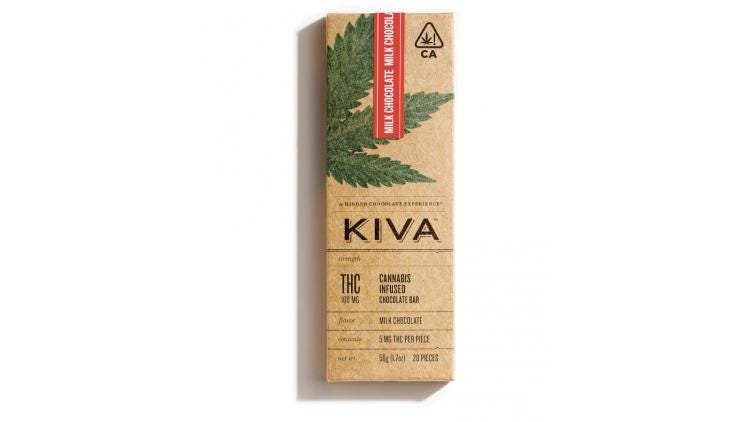
2. Shape, color, text—repeat after me…shape, color, text
These three priorities (in that order) are the building blocks of good package design. Remember, how it feels in the hand has a profound impact on purchase. So the shape should deliver on the promise of the product itself. The iconic Coca-Cola bottle is probably the best example.
Next, the color needs to express the brand’s personality, and the text gives it voice. Nobody does it better than Tiffany. The square peacock blue box is iconic and its statement single minded. The poetry of this little box says “You are worthy of this life-changing gift.” Granted, the Tiffany box does not compete on a retail shelf. But if it did, the shape, color and simple logo would make it a top seller every time.
Cannabis is another behind-the-counter item. The sales channel at a dispensary is through the bud tender. But already some brands are establishing their presence through powerfully focused package design. Kiva is one great example. The kraft substrate paired with the marijuana leaf image creates a warm, earth tone aura that is in sync with the whole eco-friendly nature of the product, making the package highly touchable. Like the Tiffany box, the design has an unmistakable signature.
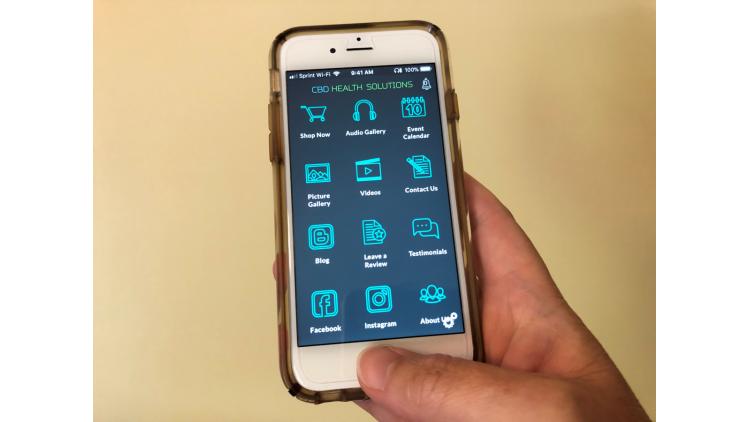
3. Make the connection—embracing technology and social media
The traditional rule for packaging design is to make an emotional connection with the consumer where they live. Digital technology gives a whole new meaning to this principle—it’s called the connected package. Just by pointing a smartphone at a package, you can open online channels and get everything from “how to” videos, recipes, offers, club memberships and authenticity verification for luxury goods—the options are limitless.
Now apply it to cannabis and consumers can trace the origins of the plant, find out where it was grown, dosages, safety precautions, state regulations and even brownie recipes.
And, thanks to the photo-based formats of today’s social media such as Instagram, Snapchat and Pinterest, your packaging can connect instantly with millions. Make sure your design plays well over these powerful, visual channels. Remember—it’s not just about running ads.
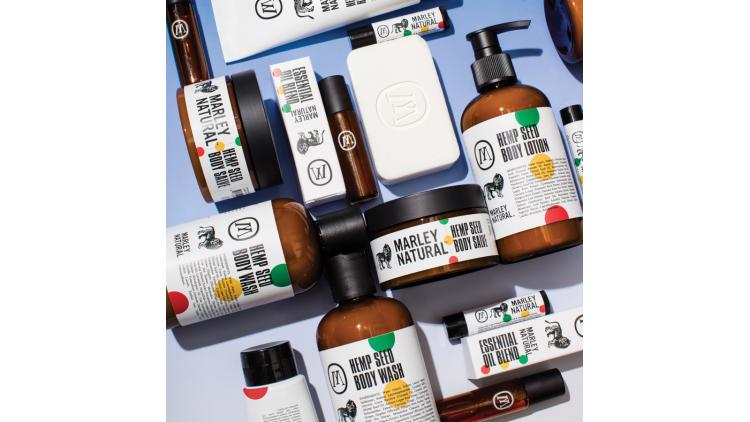
4. It’s easier being green—messaging and responsibility
Today, it’s nearly impossible to market and sell to younger consumers unless your brand can make credible claims around sustainability and social responsibility. This includes sustainable packaging (reusable, recycled materials, recyclable or recycle ready), sustainable farming techniques, organic and natural ingredients, and an overall clean ingredients list. There is no better proof of that than packaging. The cannabis world is already on top of this.
Witness Marley Natural, named after the king of reggae himself. The packaging tells a story about the brand’s advocacy for sustainable practices, as well as for people serving long prison terms for pot use. The mission of Marley Natural is to support sustainable farming and provide opportunities for former prisoners to get training and jobs.

5. Understand the consumer—know the generational cues
This means being mindful of the channels you deploy and the messaging you use. Boomers don’t like to be reminded of their age. Irony may work with Gen Xers, because of their cynical bent. Millennials, on the other hand, are all about authenticity, hence the move away from anything judged mass-produced to craft brands. When it comes to the support of legal cannabis, 62% of Americans are in favor, but that number jumps to 74% when you break out the Millennial demographic. When it comes to Gen-Z, they’ll be growing up in a world where cannabis is just as normal as social media is to Millennials.
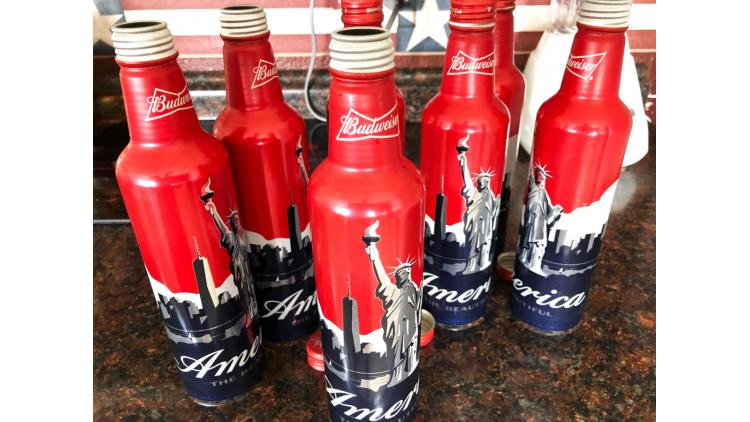
6. Authenticity and brand voice—be yourself
If you’re an indie, you’ve got the leeway to create your identity. But if your brand’s personality is already established, it needs to be integrated with your cannabis offerings. Imagine how phony Budweiser would appear if, in an attempt to market a line of cannabis products, they suddenly adopted a “groovy psychedelic” look! Established iconic brands, like Budweiser, need to be true to “who they are” and “who their consumers are,” and build on that heritage. The example of the American themed bottle cans is a great execution of this strategy.
The marriage of a potentially revolutionary product with the traditions established by legacy brands may result in whole new ways of conceptualizing the cannabis experience…but be authentic!
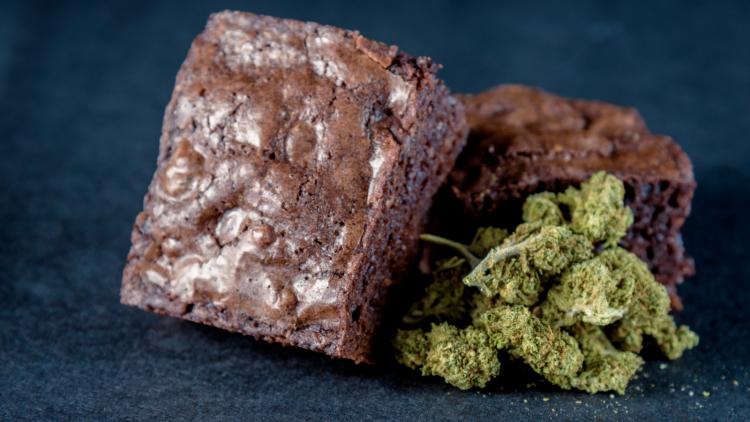
7. Don’t think of cannabis as an exotic category—consumer behavior is still in play
Cannabis/marijuana (TCH or CBD/cannabidiol) is a regulated product, and so it’s subject to government oversight. However, when you think of all the products that include cannabis, it almost covers all the major product categories. The spectrum goes from inhalants (buds/vape oil) to edibles, personal care products, pharmaceuticals, confections and snacks, even creams and oils for pain relief.
In fact, it’s just another ingredient layer and so, each iteration needs its own TLC when it comes to communicating the THC.
For edibles, sensory testing should be part of the branding strategy. If you’re marketing a baked good, like a brownie, is the flavor profile and texture competitive with non-cannabis brands, or does it disappoint? It must look delicious, include flavor cues and be made of wholesome/clean ingredients. It’s not just about the CBD or THC.
As the legacy brands begin to enter the cannabis marketplace, competition for consumer loyalty is going to get fierce. Do your homework. You might find that the tried is truer than you expect.
About the Author(s)
You May Also Like




